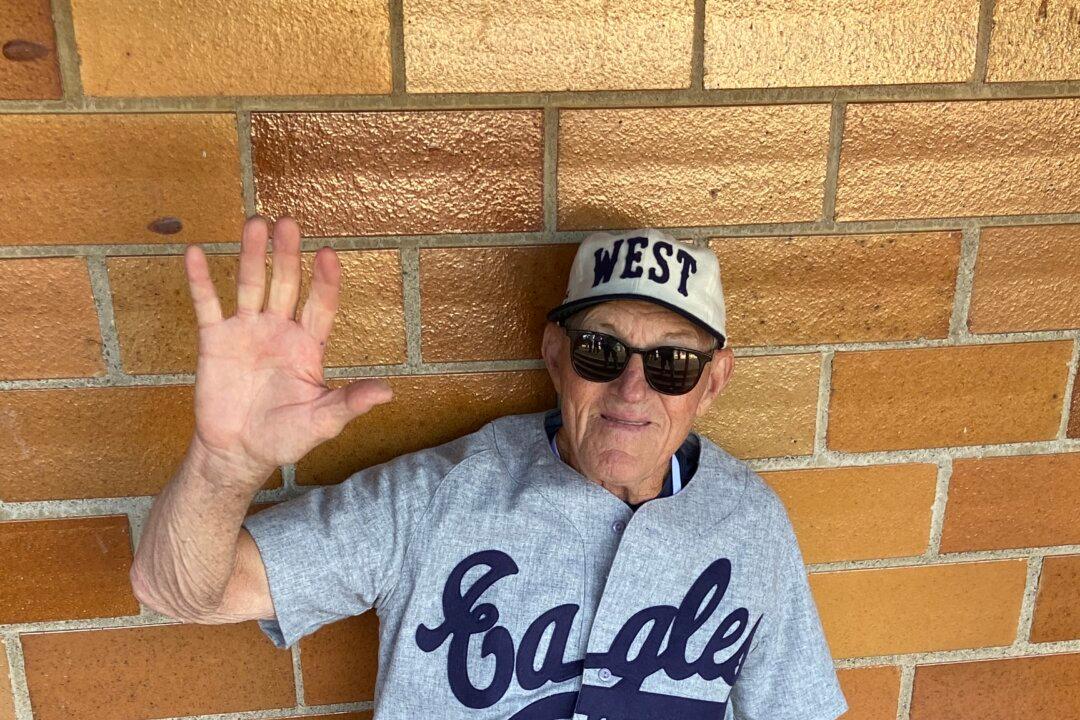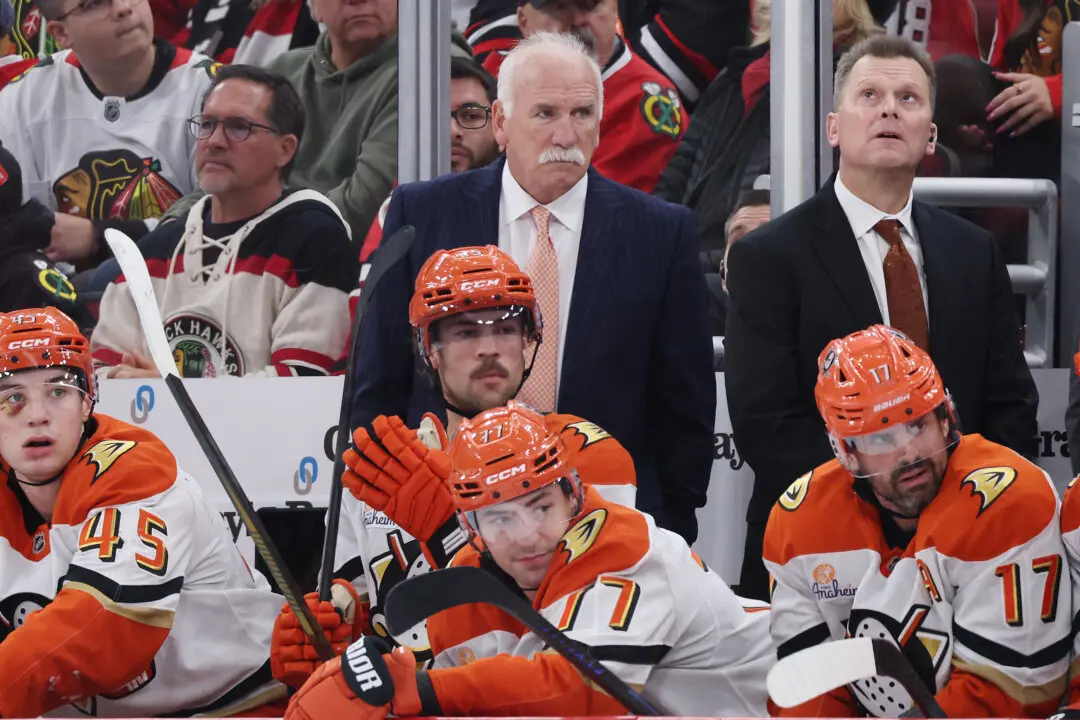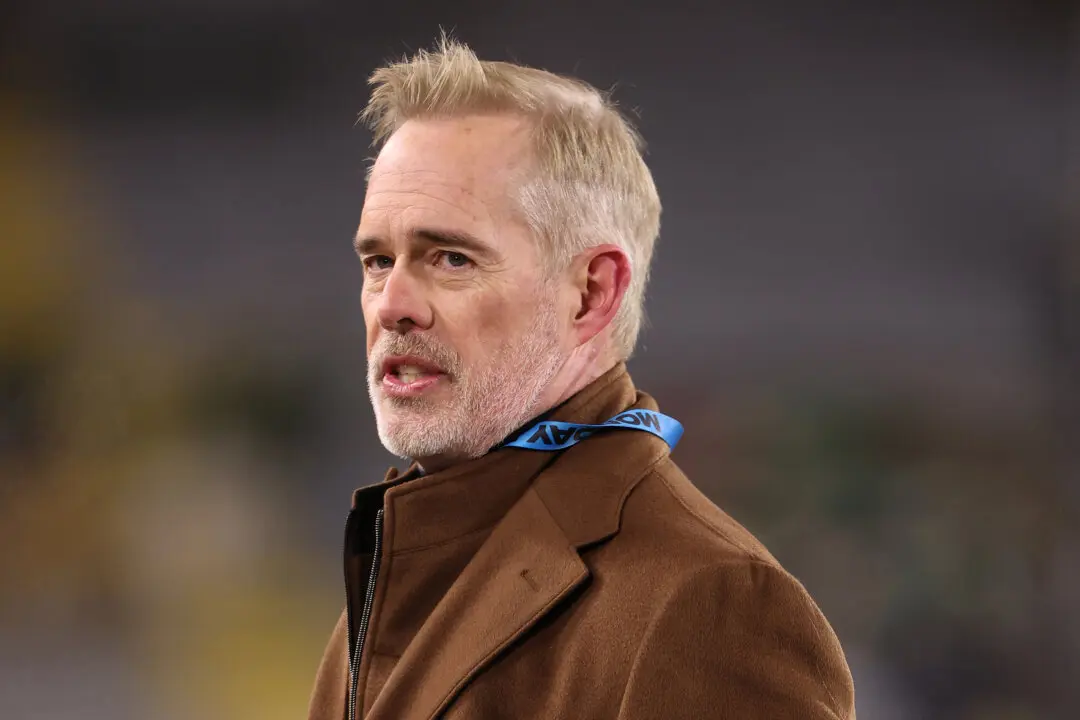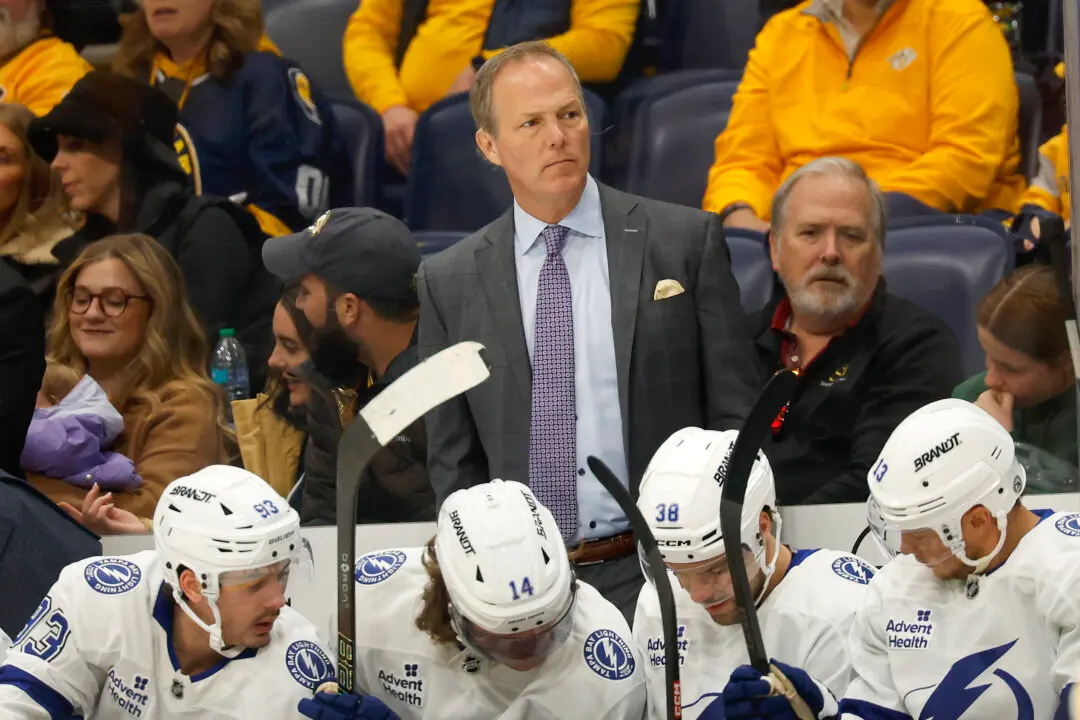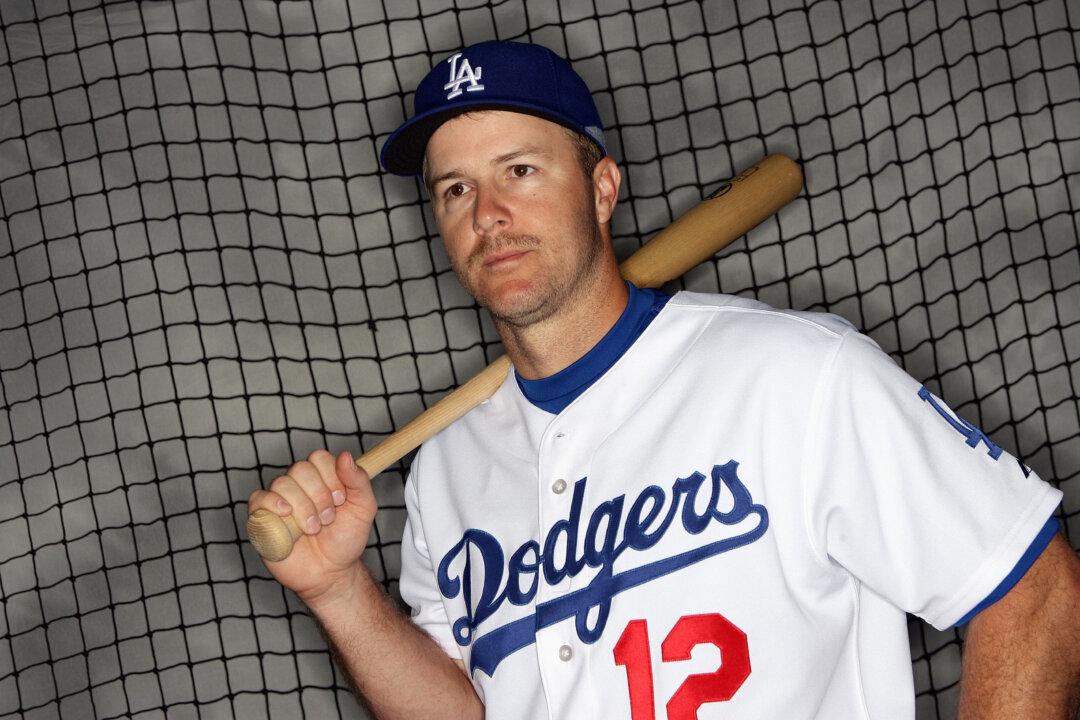It’s been a while, but there was a time when Major League Baseball presented two All-Star Games a season.
On July 6, 1933, the first all-star game to be scheduled between the National and American Leagues was intended as a one-time spectacular. With the game scheduled at Chicago’s Comiskey Park, this never-before match-up between America’s premiere professional baseball leagues was intended to add intrigue to the World’s Fair taking place that year.
